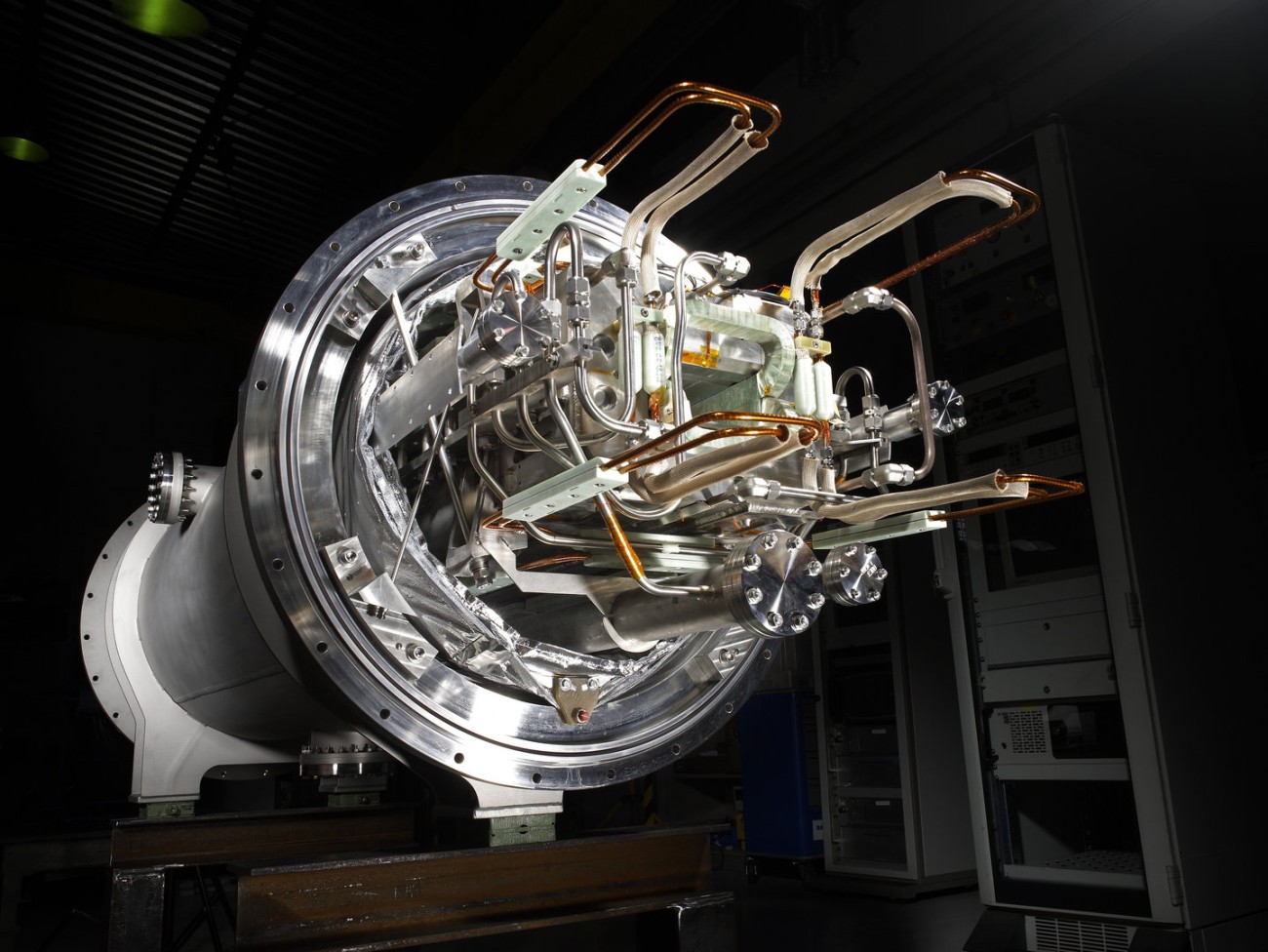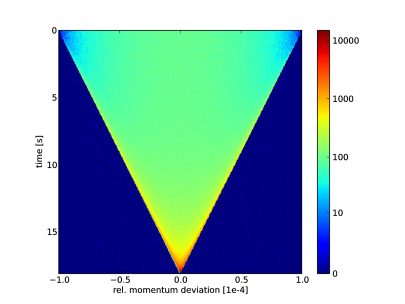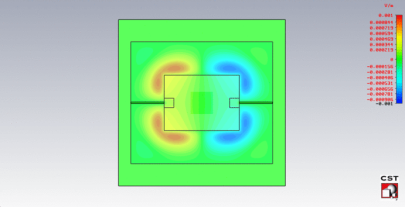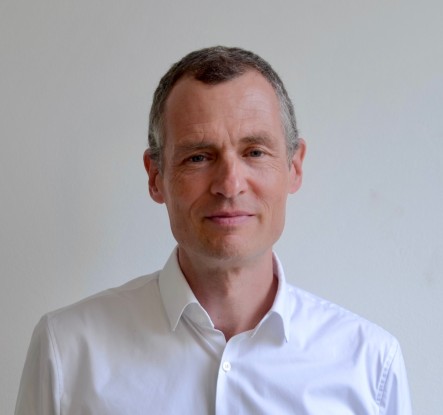Further information about FAIR
Here you can find further information about the work of the Accelerator Physics Department at the FAIR accelerator centre of the GSI Helmholtz Centre.
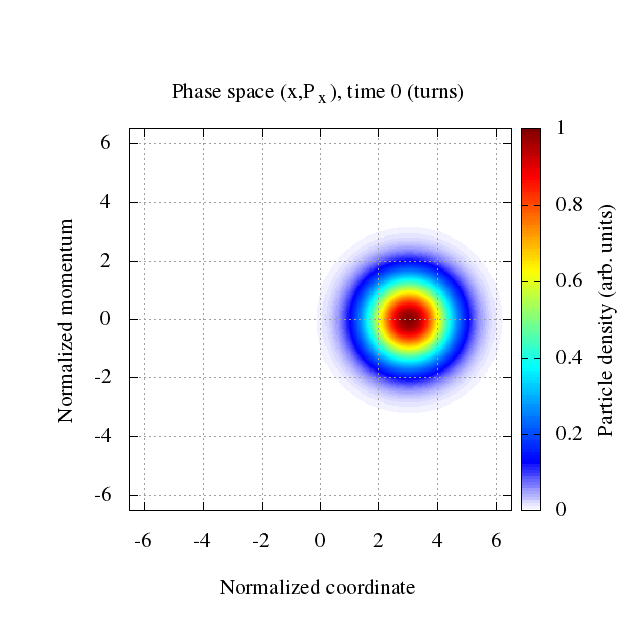
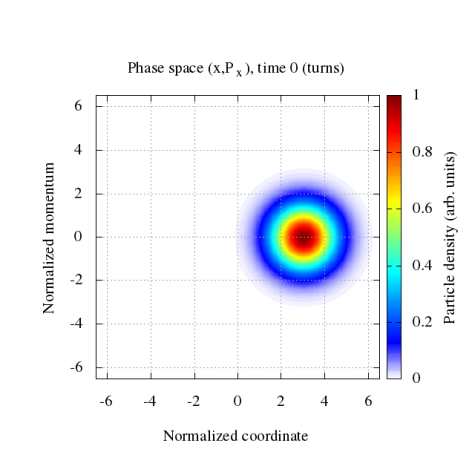
Collective effects in ion beams
Important performance parameters of modern accelerator facilities are primarily the intensity and quality of the accelerated ion beam. These are mainly limited by collective effects, which are caused by the electromagnetic interaction of the beam ions with each other (space charge), with the accelerator environment (impedances) and with secondary electrons (electron clouds).

